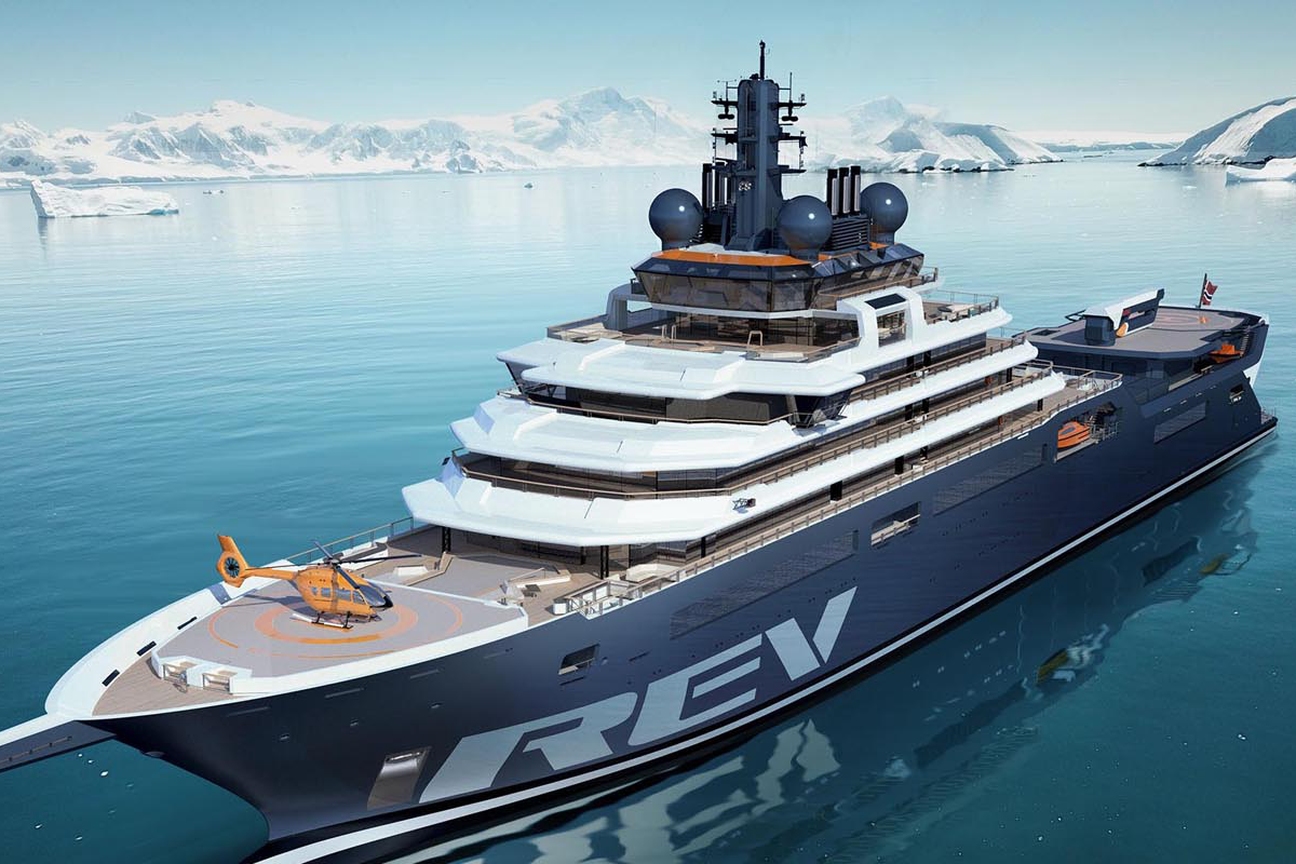
Advanced ROV for Ocean Exploration
The global science community unanimously agrees that the oceans are facing numerous threats and challenges that include ocean acidification, oxygen depletion, microplastics, overfishing and the continued exploitation of natural resources.
New support for ocean sciences
Ocean sciences and exploration have traditionally depended on national public funding which has been subject to significant fluctuations over the last decade. At the same time, a new breed of philanthropic backed organisations and vessels have come forward to support ocean science. These philanthropic organisations include Schmidt Ocean Institute, OceanX, Prince Albert II of Monaco Foundation and the latest member REV Ocean.
Science missions are constantly evolving and the ability for the ROV crew and scientists to work in the same environment is key to themission’s success.
REV Ocean is the brainchild of Norwegian businessman Kjell Inge Røkke and encourages the vision of “One Healthy Ocean”. This mission can only be achieved by raising awareness of global impacts on the marine environment and creating solutions to the many threats the oceans face. As part of this initiative REV Ocean is overseeing the construction of the world’s largest and most advanced philanthropic research vessel. At 184 meters REV Ocean will include a comprehensive suite of high-tech laboratories, science sensors, learning and conference facilities and a fleet of subsea vehicles.
Eyes in the deep
While REV is capable of delivering scientists to remote locations the manned, remotely operated and autonomous vehicles that will act as researchers eyes in the deep. Submersibles, or to use the more technical term, “Human Occupied Vehicles”, have been operated by a few select science organisations for a number of years. REV Ocean will maintain a Triton 7500 submersible capable of delivering two scientists and a pilot down to depths of 2300 meters and open the way for increased exploration of the “The Midnight Zone”.
Working alongside the Submersible will be a Kystdesign Supporter ROV capable of diving to 6000 meters, commonly referred to by oceanographers as the Abyssopelagic Zone or simply “The Abyss”. The ROV and TMS will be launched and recovered through a large 7,7 times 5 meters moon pool located at the center of the vessel. This will enable operations when the vessel is within ice or higher sea states.
The key to success
Coordination of subsea operations will be conducted from a large “mission control” that will enable scientists and ROV pilots to work closely together. Science missions are constantly evolving and the ability for the ROV crew and scientists to work in the same environment is key to the mission’s success.
4k and 8k cameras that are supported by an extensive array of lights will enable high-end visuals for scientific documentation, media production and supply an immersive experience for the team onboard REV. The ROV will be fitted with a suite of scientific sensors to monitor the chemical and physical characteristics of the seawater throughout a dive. These parameters will help scientists understand the environment in which the vehicle is operating and help identify any environmental stresses.
Presenting this sweeping package of high-end science equipment is a game changer for scientists and researchers.
For scientific sample collection the ROV will be equipped with both a Schilling T4 and a RigMaster. These manipulators will permit the collection of biological and geological samples that can be stored in a custom built “storage skid”. The “science skid”, built at Kystdesign, includes a segregated draw for the safe stowage of science samples, a “suction sampler” for “hovering” samples into special chambers as well as mounting locations for a Kongsberg EM2040 MKII Sonar. Both the ROV and Submersible will be equipped with optical modems. When working together the ROV can act as a data and communications mule for the submersible, enabling the live streaming of events from inside the submersible.
A game changer
Alongside the permanently fitted equipment, Kystdesign has supplied selection of coring and sampling tools. However, the flexibility and space to install new and emerging sensors fleet. Presenting this sweeping package of high-end science equipment is a game changer for scientists and researchers. Although REV Ocean’s mission is substantial, the vessel is comprehensively equipped to succeed in the mission of “One Healthy Ocean” and support science globally.
